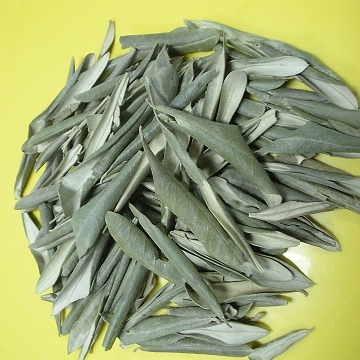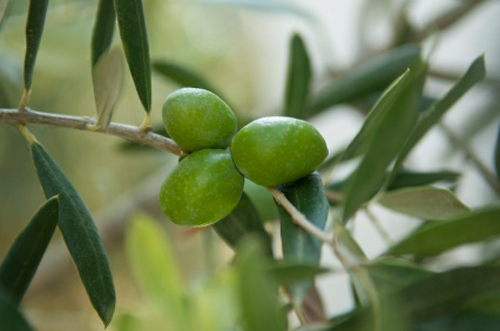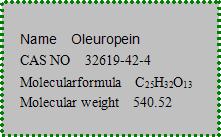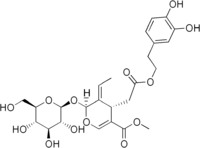Olive leaf extract
It is extracted from the leaf of Olea Europaea L,which is is a species of small tree in the family Oleaceae, native to the coastal areas of the eastern Mediterranean Basin as well as northern Iraq, and northern Iran at the south of the Caspian Sea.It is cultivated in china in 1964. Olive tree leaves were traditionally boiled and the liquid was used for therapeutic remedies.
| Botanical Source | Olea Europaea L |
| Used Part | Leaf |
| Specification | Oleuropein 10%~80%, Olive Polyphenols 10%~60%, Hydroxytyrosol 2.5%~20%, Oleanolic Acid 10%~60%, Hawthorn acid 10%~70% |
| Analysis | HPLC, UV(Polyphenols) |
| Function | |
|
Antioxidants, free radical scavenger, Antiviral activity and antimicrobial, Protect cardiovascular and prevent neurodegenerative diseases. |
|


Oleuropein is the most important phenolic component in Mediterranean diet associated with low incidence of coronary heart disease(CHD) and certain cancers. It also related to longevity.Oleuropein and its metabolite hydroxytyrosol have powerful antioxidant activity both in vivo and in vitro and give extra-virgin olive oil its bitter, pungent taste. Oleuropein preparations have been claimed for several pharmacological effects . A study in rats suggests oleuropein enhances thermogenesis by increasing the thermogenin content in brown adipose tissue and the secretion of noradrenaline and adrenaline.


Main Functions:
Antioxidants ,free radical scavenger.
The olive leaf extract correlated with their higher antioxidant and radical scavenging.These results indicate that olive leaf contains significant amounts of oleuropein and phenolics, important factors for antioxidant capacity These extracts own their antioxidative properties to their high oleuropein content (19% w/w) and also to a lesser amount of flavonoids (1.8% w/w with 0.8% of luteolin 7-glucoside
Antiviral activity and antimicrobial
A commercial plant extract derived from olive tree leaf (Olea europaea) (LExt) and its major compound, oleuropein (Ole), inhibited the in vitro infectivity of the viral haemorrhagic septicaemia virus (VHSV), a salmonid rhabdovirus,. olive leaf extract was not broad-spectrum in antimicrobial action, showing appreciable activity only against H. pylori, C. jejuni, S. aureus and MRSA. Given this specific activity, olive leaf extract may have a role in regulating the composition of the gastric flora by selectively reducing levels of H. pylori and C. Jejuni.3 Furthermore, the antimicrobial effect of the combined phenolics was significantly higher than those of the individual phenolics.
This study indicates that olive leaf extract might be a valuable bioactive source, and would seem to be applicable in both the health and medical food.
Slow down cardiovarscular and neurodegenerative diseases
The phenolic fraction extracted from the leaves of the olive tree, which contains significant amounts of oleuropein, prevents lipoprotein oxidation. In addition, oleuropein has shown cardioprotective effect against acute adriamycin cardiotoxicity and an anti-ischemic and hypolipidemic activities. Recently, oleuropein has shown neuroprotection by forming a non-covalent complex with the Aβ peptide, which is a key hallmark of several degenerative diseases like Alzheimer and Parkinson.
Application
2. Healthy food
3. Skin care products
FineSky Hot Sale products: Genipin, Olive Leaf Extract, Yohimbe extract, Soybean extract, Cinnamon extract, Valerian extract and so on.
Contact us freely if you have any similar needs:
Tel: 86-29-88897831, 88897837
Email: info@fineskybiotech.com
| FineSky Hot Products: Green Coffee Bean Extract | Goji Berry | Resveratrol | Milk Thistle Extract | Green Tea Extract |
| Copyright © 2013 Xi’an FineSky Technological Co.,Ltd.All Rights Reserved. |Site Map | 陕ICP备17001729号-1 |




